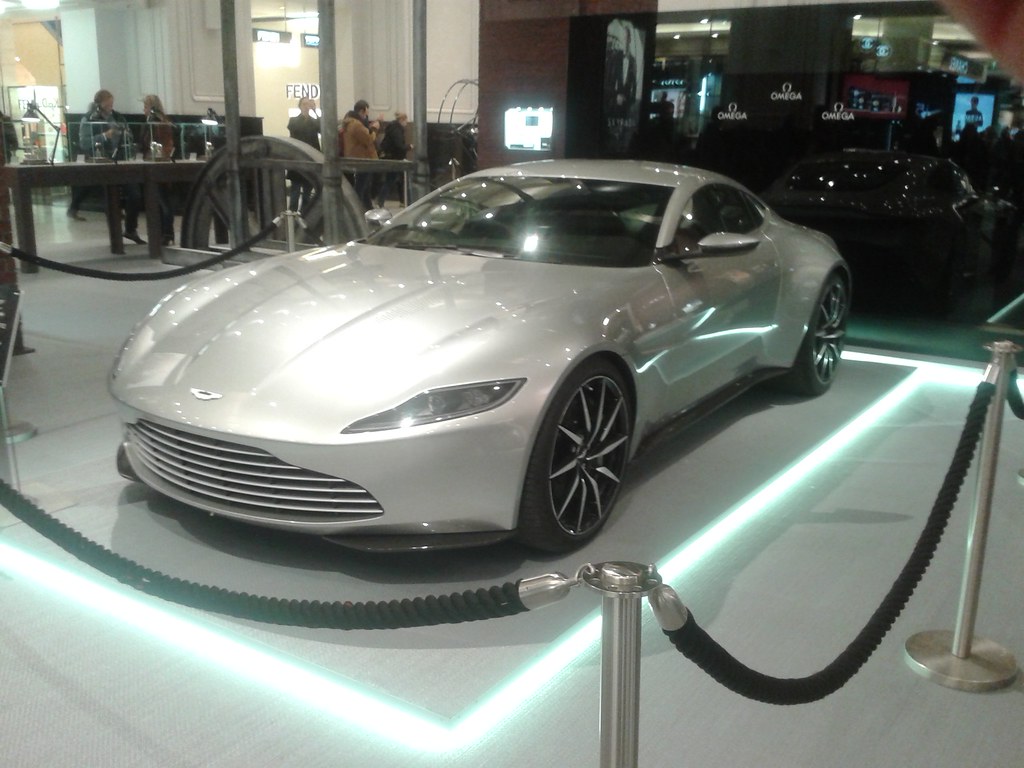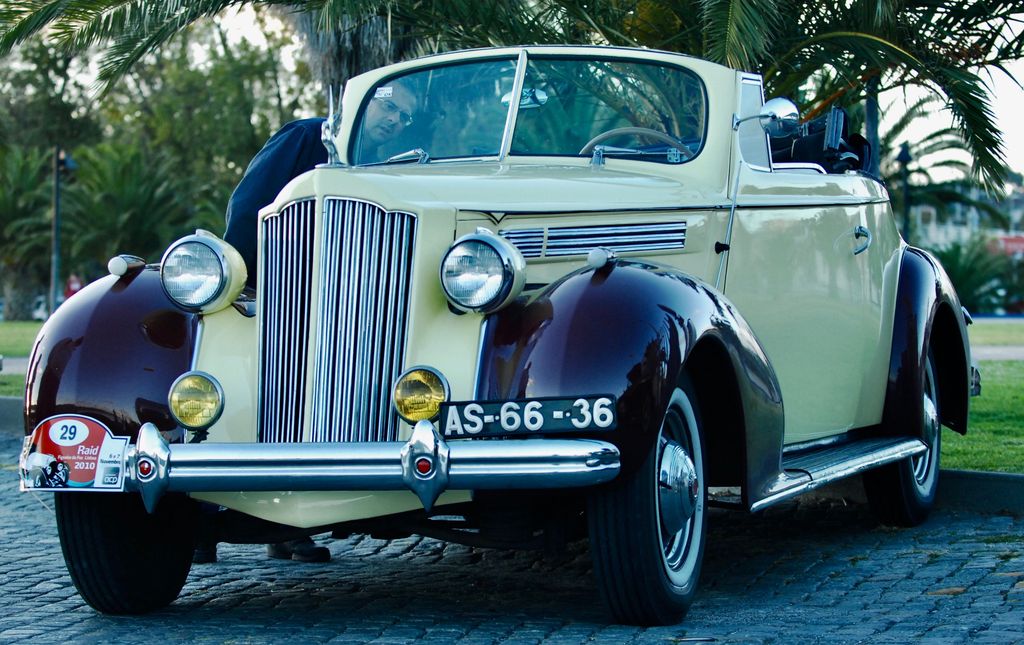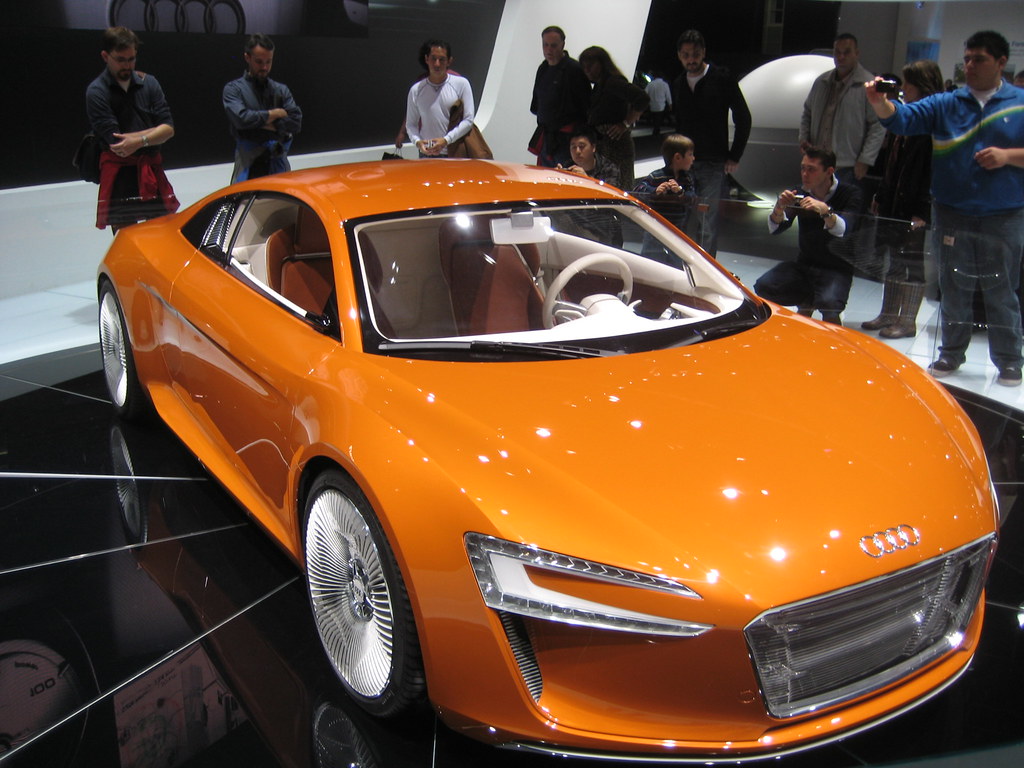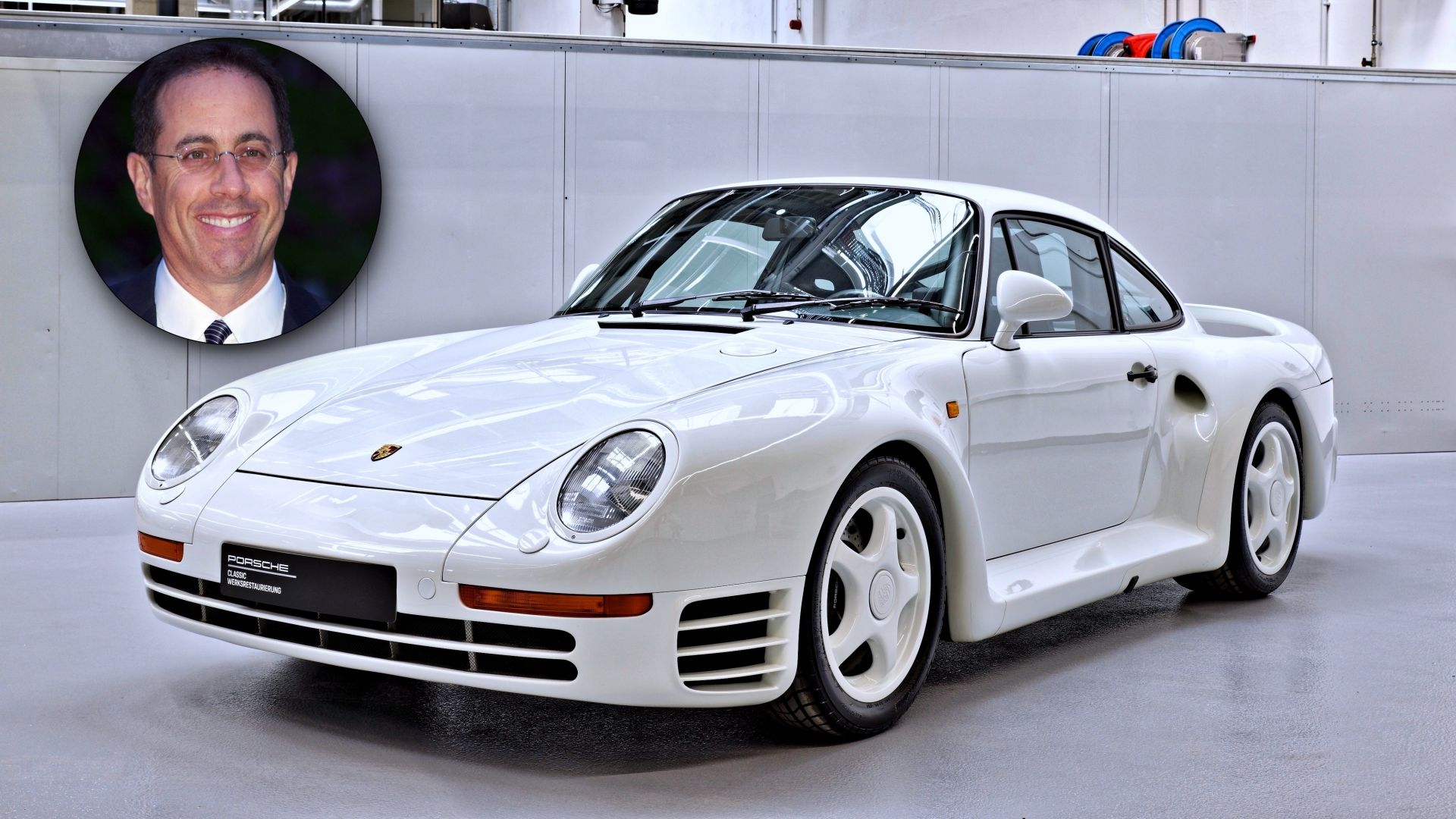
Jerry Seinfeld. The name conjures images of stand-up comedy, observational humor, and perhaps a coffee shop or two. But beneath the veneer of America’s beloved comedian lies a passion of an entirely different, yet equally celebrated, nature: an unparalleled obsession with Porsche. His connection to the Stuttgart marque isn’t just about ownership; it’s a profound, celebrated dedication, a connoisseur’s devotion to one of automotive history’s most revered names. It speaks volumes of a man whose passion runs so deep that he reportedly shelled out over $1 million back in 1999 to transform a former plumbing business into the hallowed home for his prized Porsches, complete with living quarters to remain close to his automotive loves.
This extraordinary collection, once numbering around 80 units and still boasting at least 30 Porsche cars, is not merely a hobby; it’s a testament to his discerning taste and an appreciation for engineering excellence that few can rival. With an estimated worth of his entire 150-car collection, which includes a significant number of Porsches, ranging from $75 million to $100 million, the sheer value and rarity held within its walls are staggering. It’s a collection that embodies decades of automotive innovation, design evolution, and racing heritage, reflecting an owner deeply attuned to every facet of the brand. Beyond the sheer numbers, Seinfeld’s Porsches are often imbued with personal significance or represent pivotal moments in the marque’s history, from hand-built rarities to the very last of a generation.
While the details of his collection are often ‘on the down-low,’ the cars he has chosen to acquire and sometimes part with offer insightful glimpses into the mind of a true Porsche devotee. From vintage icons that laid the foundation for future legends to bespoke modern marvels, each car tells a story, and together, they paint a portrait of an automotive legacy curated by one of the world’s most famous comedians. We embark on a journey through an exclusive selection of 14 such extraordinary Porsches, beginning with the cars that define the early chapters of his impressive anthology and showcase the foundational brilliance of the brand, exploring the very essence of what makes Seinfeld’s collection truly legendary.
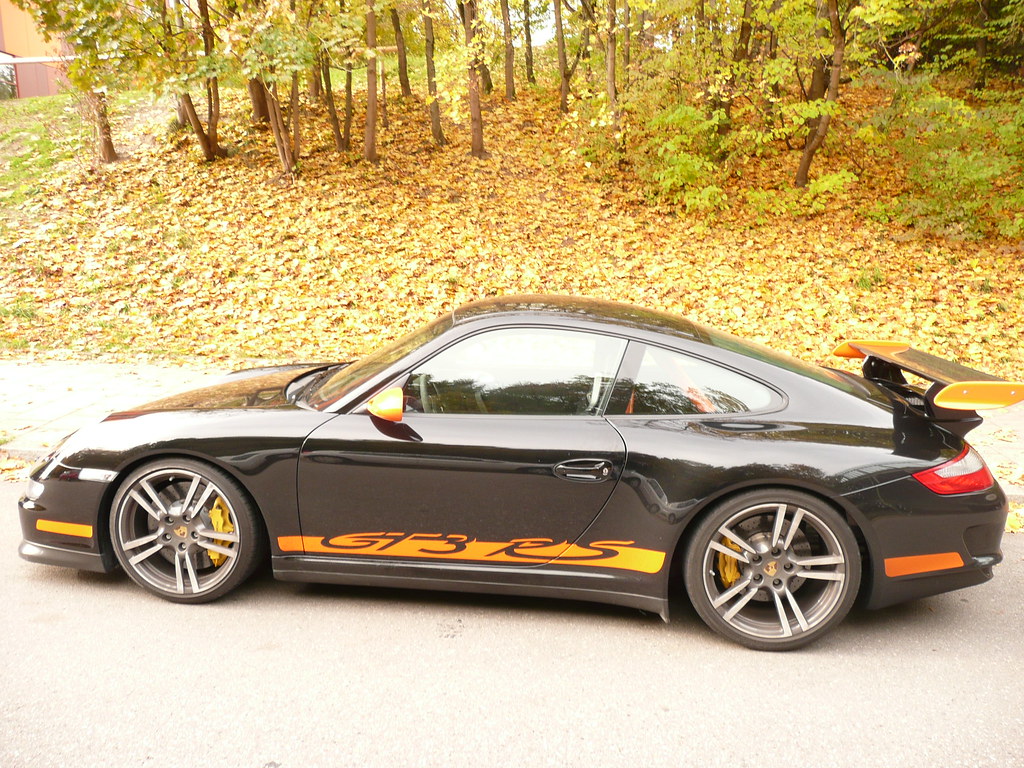
1. **The Genesis: 1949 Porsche 356/2 Gmünd**The 1949 Porsche 356/2 Gmünd holds a foundational place in both Porsche’s history and Jerry Seinfeld’s esteemed collection. Of the initial 52 “356” factory cars meticulously produced over two years in an old sawmill in the Austrian town of Gmünd, Seinfeld proudly owns number 40. This particular vehicle is a direct link to the very origins of what would become the iconic 911, representing ‘ground zero’ for the legendary model, a detail that surely resonates deeply with a collector of Seinfeld’s caliber.
Its significance is immense, as it encapsulates the humble yet ambitious beginnings of one of the world’s most enduring sports car manufacturers. The car itself is a marvel of early automotive craftsmanship, hand-built and hand-hammered into shape from lightweight aluminum. What makes Seinfeld’s example particularly remarkable is its complete originality, an almost unbelievable feat for a vehicle of its age and rarity.
Much of its construction utilized Volkswagen parts, a testament to Porsche’s resourceful engineering in its nascent stages. Seinfeld’s personal affection for the car is evident in his evocative description, where he explained, “I love it because, to me, it looks like a little alien flying saucer.” This captures the car’s unique, almost ethereal design, and its pioneering spirit in the world of sports cars.
This early 356 Gmünd Coupe, with its rear-engined, rear-wheel-drive configuration, not only set the stage for the performance characteristics that would become synonymous with Porsche but also exemplifies the brand’s unwavering commitment to innovation and distinctive design from its very inception. It remains a powerful symbol of Porsche’s enduring legacy, preserved impeccably within Seinfeld’s hallowed garage.
Car Model Information: 2019 Volkswagen Atlas 3.6L SE
Name: Porsche 356
Manufacturer: unbulleted list
Production: 1948–1965
Assembly: Gmünd, Carinthia
Successor: Porsche 911 (classic)
Caption: Porsche 356 C coupé
Class: Sports car
Related: unbulleted list
Layout: Rear-engine, rear-wheel-drive layout
BodyStyle: unbulleted list
Designer: Ferry Porsche,Erwin Komenda
Wheelbase: 82.7 in
Abbr: on
Order: flip
Length: convert
Width: 65.4 in
Height: convert
Weight: convert
Categories: 1950s cars, 1960s cars, 24 Hours of Le Mans race cars, All Wikipedia articles written in American English, All articles containing potentially dated statements
Summary: The Porsche 356 is a rear-engine sports car, and the first-ever production Porsche model.
The 356 is a lightweight and nimble-handling, rear-engine, rear-wheel drive, two-door available both in hardtop coupé and open configurations. Engineering innovations continued during the years of manufacture, contributing to its motorsports success and popularity. Production started in 1948 at Gmünd, Austria, where Porsche built approximately 50 cars. In 1950 the factory relocated to Zuffenhausen, Germany, and general production of the 356 continued until April 1965, well after the replacement model 911 made its September 1964 debut. Of the 76,000 originally produced, approximately half survive. The 356 was first produced by Austrian company Porsche Konstruktionen GesmbH (1948–1949), and then by German company Dr. Ing. h. c. F. Porsche GmbH (1950–1965). It was Porsche’s first production automobile. Earlier cars designed by the Austrian company include Cisitalia Grand Prix race car, the Volkswagen Beetle, and Auto Union Grand Prix cars.
The original price in 1948 for the 356 coupe was US$3,750 (equivalent to $49,100 in 2024) (official general USD inflation). The 356 cabriolet cost US$4,250 (equivalent to $55,600 in 2024).
Get more information about: Porsche 356
Buying a high-performing used car >>>
Brand: Porsche Model: 356/2 Gmünd
Price: $15,988 Mileage: 72,895 mi.

2. **The End of an Era: 1998 Porsche 993 (Last Air-Cooled 911)**Seinfeld’s acquisition of the 1998 Porsche 993 marks a significant moment in Porsche history, as it represents the very last production air-cooled 911. This particular model, a 993 Carrera 4S finished in a striking Mexico Blue, was purchased by the comedian in the year it was produced. Its presence in his collection signifies a reverence for the culmination of a beloved engineering epoch.
The 993 generation, built from 1994 to 1998, is widely considered by many enthusiasts and experts to be the most aesthetically pleasing iteration of Germany’s iconic sports car. Seinfeld’s ownership of its final air-cooled example is all the more poignant, capturing the pinnacle of a design philosophy that defined Porsche for decades. It is a testament to the brand’s ability to perfect a concept before bravely embarking on new technological frontiers.
The vehicle comes with an impressive history, boasting just 26,000 miles on the odometer and a wealth of documentation and service records. This low mileage and meticulous upkeep underline the care Seinfeld bestows upon his prized possessions. It’s clear these cars are not merely driven but revered as automotive masterpieces.
While low-mileage, pampered 911s might be readily available, the combination of its historical significance as the last air-cooled model and its renowned owner elevates its status considerably. This car represents the end of an era for Porsche, a transition point between two distinct technological philosophies, and a cherished piece in a collection designed to honor the brand’s complete journey.
Car Model Information: 1998 Porsche 911 Carrera S
Caption: Porsche 993 Turbo S
Name: Porsche 993
Aka: Porsche 911,Porsche Carrera
Manufacturer: Porsche
Class: Sports car
Related: Ruf Turbo R,Ruf CTR2,Ruf BTR2
Layout: Rear-engine, rear-wheel-drive layout
BodyStyle: coupé,convertible (car),Targa top,Speedster (automobile)
Engine: ubl
Predecessor: Porsche 964
Successor: Porsche 996,Porsche 911 GT3
Production: January 1994 – March 1998
Transmission: Automatic transmission,Manual transmission,6-speed manual
Assembly: Stuttgart,Zuffenhausen
Wheelbase: 89.45 in
Abbr: on
Weight: convert
Length: 167.7 in
Width: 1994–1998 Coupé: {{convert,68.3,in,mm,0,abbr=on
Height: 1994–1995: {{convert,51.6,in,mm,0,abbr=on
Designer: Tony Hatter
Categories: All-wheel-drive vehicles, All articles needing additional references, All articles with unsourced statements, Articles needing additional references from October 2018, Articles with short description
Summary: The Porsche 911, internally type 993, is the fourth generation of the 911 model of Porsche sports car, manufactured and sold between 1994 and 1998 (model years 1995–1998 in the United States), replacing the 911, type 964. Its discontinuation marked the end of air-cooled 911 models.
The 993 was much improved over and quite different from its predecessor. According to Porsche, “every part of the car was designed from the ground up, including the engine” but nevertheless “only 20% of its parts were carried over from the prior 911”. Porsche refers to the 993 as “a significant advance, not just from a technical, but also a visual perspective.”
The external design of the Porsche 993 was penned by English designer Tony Hatter. It retained the core cabin and body shell architecture of the 964 and prior 911 model iterations, but exterior panels were revised with much more flared wheel arches, a smoother front and rear bumper design, an enlarged retractable rear wing, and teardrop shaped mirrors.
Porsche engineered a new light-alloy rear subframe with an entirely new multi-link coil springs and wishbone rear suspension design, dubbed the Weissach axle – making significant progress with the engine’s impact on the car’s handling, putting behind the previous lift-off oversteer and providing an improved driving experience and creating a more civilized car overall.
The 993 had several variants, like its predecessors, varying in body style, engines, drivetrains, and included equipment. Engine power was increased by the addition of the VarioRam system, that added particularly in the mid-range of rpms, and also resulted in more throttle-noise at higher revs. The VarioRam system resulted in a 15 percent increase in the new 911’s engine power over its predecessor.
The 993’s available all-wheel drive system replaced the 964’s centre differential with a viscous coupling, similar to the 959’s, making the new system significantly lighter. The 993 was also the first 911 to receive a six speed gearbox, which came standard. Rear-wheel drive models remained available with Porsche’s Tiptronic 4-speed automatic transmission.
A 993 GT2 was used as the safety car during the 1995 Formula One season.
Get more information about: Porsche 911 (993)
Buying a high-performing used car >>>
Brand: Porsche Model: 993
Price: $199,980 Mileage: 24,450 mi.
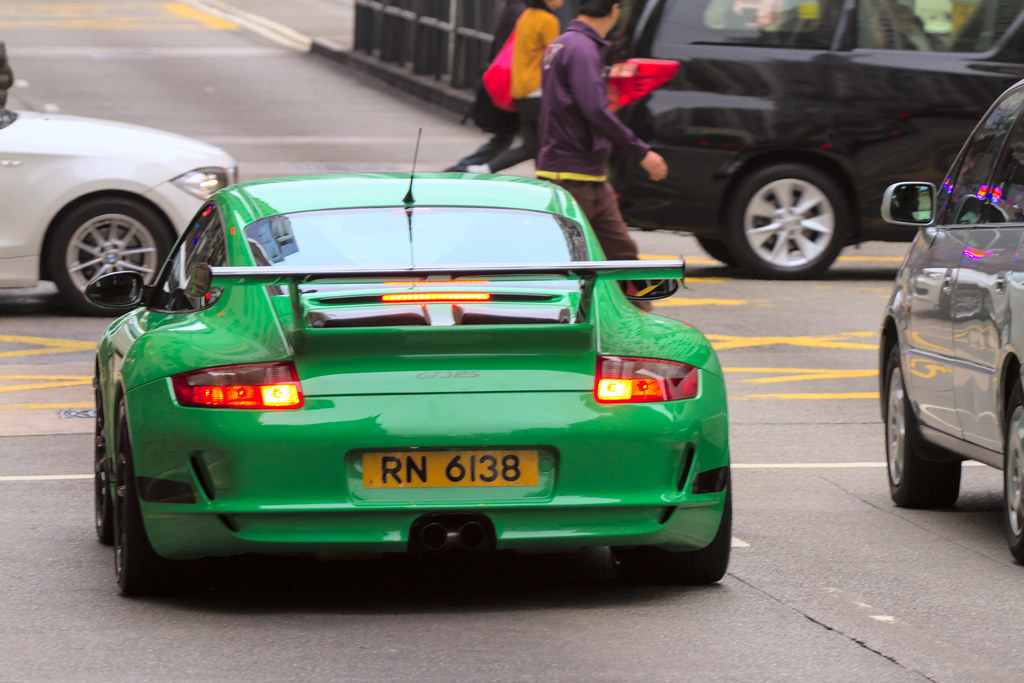
3. **Vintage Icons and Foundational Legends**Jerry Seinfeld’s collection is celebrated for its embrace of “vintage icons that laid the foundation for future legends.” This specific category within his extensive garage speaks to a profound appreciation for the historical bedrock of automotive engineering and design, particularly within the Porsche lineage. These aren’t just vehicles from a bygone era; they are artifacts that narrate the genesis and evolution of the brand.
His discerning eye for these foundational pieces underscores Porsche’s journey from its initial steps in Gmünd, as seen with his 356/2, to its global prominence. Such cars represent critical junctures in the brand’s development, embodying the spirit of innovation and design that defined Porsche’s early identity. They are tangible links to the mechanical ingenuity and stylistic courage of early automotive pioneers.
Each vintage icon contributes to a broader narrative of design evolution and racing heritage that is central to Porsche. Seinfeld understands that these cars establish the performance characteristics and stylistic cues that would influence generations of sports cars, making them indispensable components of an anthology dedicated to the enduring brilliance of the marque.
Read more about: 15 Iconic Rides: Celebrities Who Prove Old School Wheels Get Better With Age!
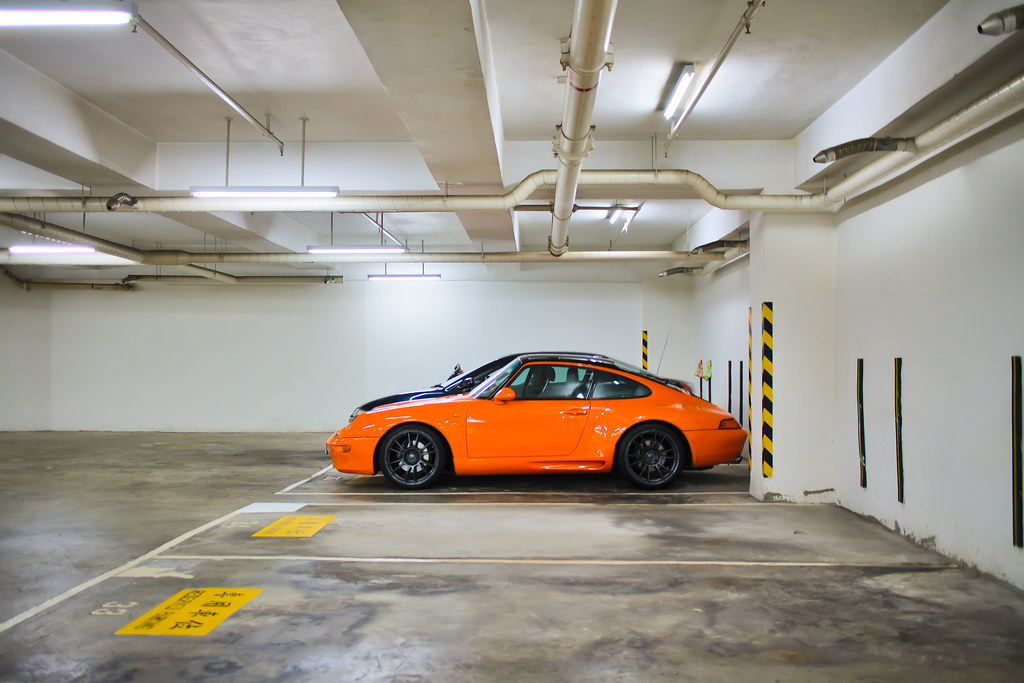
4. **Hand-Built Rarities and Bespoke Craftsmanship**The Seinfeld collection is uniquely punctuated by what are described as “hand-built rarities.” This emphasis on bespoke craftsmanship and limited production vehicles highlights a dedication to the artisanal side of automotive creation, a characteristic deeply embedded in Porsche’s early history and indeed, in some of its modern specialized offerings. It is a testament to the meticulous, human-centric approach to car building.
These rarities, often meticulously hand-hammered and shaped much like the aluminum body of his 356/2 Gmünd, transcend typical vehicle manufacturing. They become unique works of art, embodying bespoke engineering and design that demands an exceptional level of skill and attention to detail. Seinfeld’s passion clearly extends to recognizing and preserving this painstaking artistry.
Owning such pieces reflects his deep appreciation for the intricate details and singular efforts that define truly exceptional automotive creations. It’s a nod to an era where vehicles were forged with passion and precision, embodying a spirit of engineering excellence that is woven into the fabric of the Porsche brand, from its foundational models to its most unique modern iterations.
Read more about: Jerry Seinfeld’s Unrivaled Porsche Garage: An In-Depth Look at 14 Iconic Masterpieces from His Legendary Collection
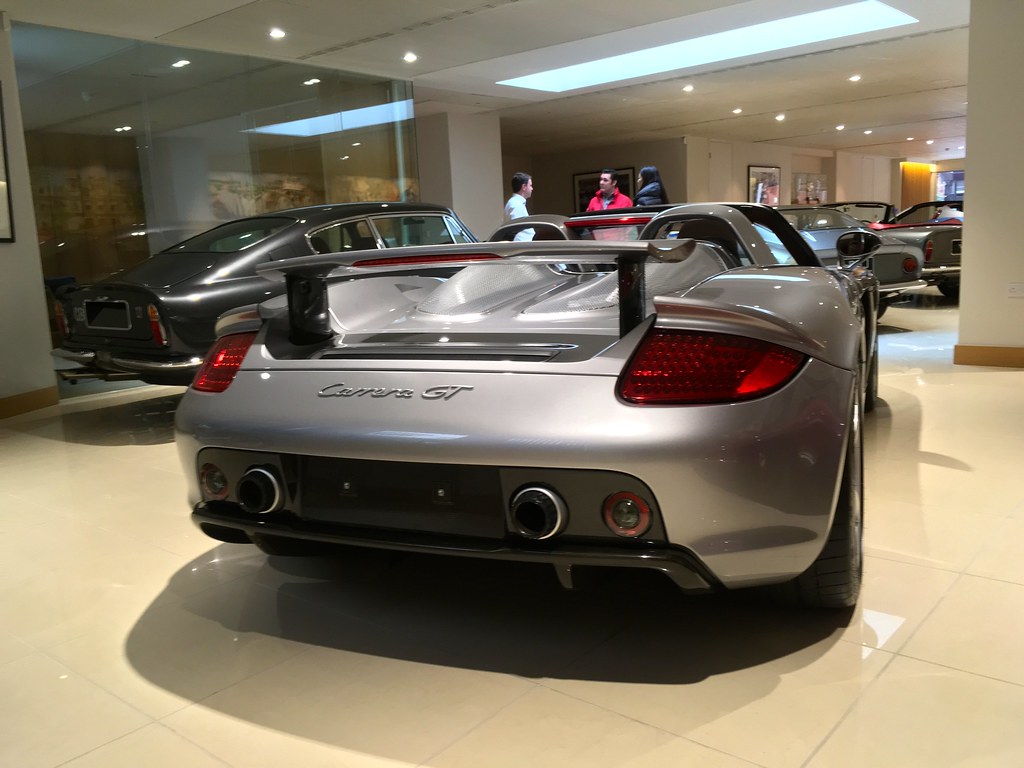
5. **Pivotal Moments in Marque History**Central to Jerry Seinfeld’s curated ensemble are Porsches that “represent pivotal moments in the marque’s history.” These vehicles are more than just cars; they are historical markers, encapsulating periods of significant innovation, groundbreaking design shifts, or crucial advancements in performance that fundamentally shaped Porsche’s future trajectory. Each one tells a critical part of the brand’s illustrious story.
His acute awareness of automotive history clearly guides his selections, ensuring his collection functions as a chronological tapestry of Porsche’s dynamic evolution. From pioneering engineering feats to the development of an iconic design language, these cars showcase the brand’s consistent ability to redefine excellence in performance and aesthetics, setting new industry benchmarks.
The significance of these pivotal Porsches extends beyond their mechanical attributes. They reflect the bold vision of designers and engineers who dared to challenge conventions, creating vehicles that not only performed exceptionally but also profoundly influenced broader automotive trends. Seinfeld’s appreciation for these historical touchstones reveals a collector who values the compelling narrative embedded within each acquisition.
Read more about: Queen’s Royal Ascent: A Deep Dive into the Legendary Band’s Formative Years and Iconic Breakthroughs
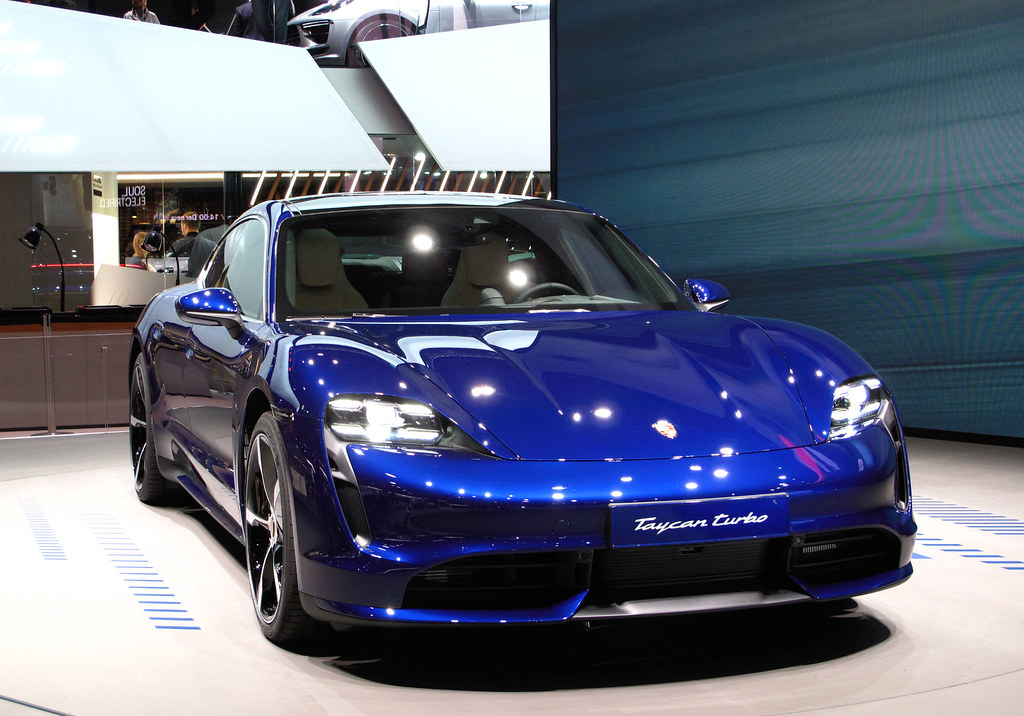
6. **The Last of a Generation**Jerry Seinfeld possesses a particular, discernible affinity for vehicles that signify “the very last of a generation,” as profoundly exemplified by his 1998 Porsche 993, which stands as the final air-cooled 911. This specific collecting strategy reflects a deep respect for the culmination of an engineering and design era, a moment where a particular technological lineage reaches its ultimate, perfected expression before a new chapter inevitably begins.
These “last of a generation” cars hold a unique, almost sacred place in automotive history. They frequently embody the most refined, most perfected, and most distilled version of a specific concept or technology, representing the pinnacle of an era. The 993, for instance, is widely considered to be the most aesthetically pleasing iteration of the 911, making its status as the final air-cooled example all the more poignant.
Such acquisitions reveal Seinfeld’s discerning eye for historical transitions and his desire to preserve these terminal examples of automotive evolution. These vehicles are not merely specimens; they are testaments to the endurance and ultimate refinement of a specific design philosophy, honoring the hard-won perfection achieved by generations of Porsche engineers and designers.
Car Model Information: 1998 Porsche 911 Carrera S
Caption: Porsche 993 Turbo S
Name: Porsche 993
Aka: Porsche 911,Porsche Carrera
Manufacturer: Porsche
Class: Sports car
Related: Ruf Turbo R,Ruf CTR2,Ruf BTR2
Layout: Rear-engine, rear-wheel-drive layout
BodyStyle: coupé,convertible (car),Targa top,Speedster (automobile)
Engine: ubl
Predecessor: Porsche 964
Successor: Porsche 996,Porsche 911 GT3
Production: January 1994 – March 1998
Transmission: Automatic transmission,Manual transmission,6-speed manual
Assembly: Stuttgart,Zuffenhausen
Wheelbase: 89.45 in
Abbr: on
Weight: convert
Length: 167.7 in
Width: 1994–1998 Coupé: {{convert,68.3,in,mm,0,abbr=on
Height: 1994–1995: {{convert,51.6,in,mm,0,abbr=on
Designer: Tony Hatter
Categories: All-wheel-drive vehicles, All articles needing additional references, All articles with unsourced statements, Articles needing additional references from October 2018, Articles with short description
Summary: The Porsche 911, internally type 993, is the fourth generation of the 911 model of Porsche sports car, manufactured and sold between 1994 and 1998 (model years 1995–1998 in the United States), replacing the 911, type 964. Its discontinuation marked the end of air-cooled 911 models.
The 993 was much improved over and quite different from its predecessor. According to Porsche, “every part of the car was designed from the ground up, including the engine” but nevertheless “only 20% of its parts were carried over from the prior 911”. Porsche refers to the 993 as “a significant advance, not just from a technical, but also a visual perspective.”
The external design of the Porsche 993 was penned by English designer Tony Hatter. It retained the core cabin and body shell architecture of the 964 and prior 911 model iterations, but exterior panels were revised with much more flared wheel arches, a smoother front and rear bumper design, an enlarged retractable rear wing, and teardrop shaped mirrors.
Porsche engineered a new light-alloy rear subframe with an entirely new multi-link coil springs and wishbone rear suspension design, dubbed the Weissach axle – making significant progress with the engine’s impact on the car’s handling, putting behind the previous lift-off oversteer and providing an improved driving experience and creating a more civilized car overall.
The 993 had several variants, like its predecessors, varying in body style, engines, drivetrains, and included equipment. Engine power was increased by the addition of the VarioRam system, that added particularly in the mid-range of rpms, and also resulted in more throttle-noise at higher revs. The VarioRam system resulted in a 15 percent increase in the new 911’s engine power over its predecessor.
The 993’s available all-wheel drive system replaced the 964’s centre differential with a viscous coupling, similar to the 959’s, making the new system significantly lighter. The 993 was also the first 911 to receive a six speed gearbox, which came standard. Rear-wheel drive models remained available with Porsche’s Tiptronic 4-speed automatic transmission.
A 993 GT2 was used as the safety car during the 1995 Formula One season.
Get more information about: Porsche 911 (993)
Buying a high-performing used car >>>
Brand: Porsche Model: 993
Price: $199,980 Mileage: 24,450 mi.
Read more about: From Humble Beginnings to Global Recognition: The Defining Career Journeys of Iconic Figures Named Chris

7. **Porsches of Personal Significance**Beyond their historical importance and engineering marvels, many of Seinfeld’s Porsches are profoundly “imbued with personal significance” for him. This aspect of his collection delves deeply into the emotional connection a true enthusiast forms with these machines, transcending mere market value or rarity. It suggests that certain cars resonate with him on a deeper, more intimate level.
This personal touch could stem from a myriad of factors: perhaps a cherished memory associated with a particular model, its specific role in an episode of ‘Comedians In Cars Getting Coffee,’ or simply the sheer unadulterated joy a specific drive has brought him. Such vehicles become extensions of his own narrative, intertwining his personal experiences with the enduring legacy of the cars themselves.
His passion for these vehicles is so profound that his meticulously designed three-floor brownstone garage in New York even includes “living quarters to remain close to his automotive loves.” This extraordinary detail underscores the deeply personal connection he maintains, treating his cars not just as possessions but as companions worthy of living nearby, solidifying his identity as a genuine Porsche devotee.
Read more about: Gearheads, Start Your Engines! These 12 Vintage Icons Still Define Automotive Perfection
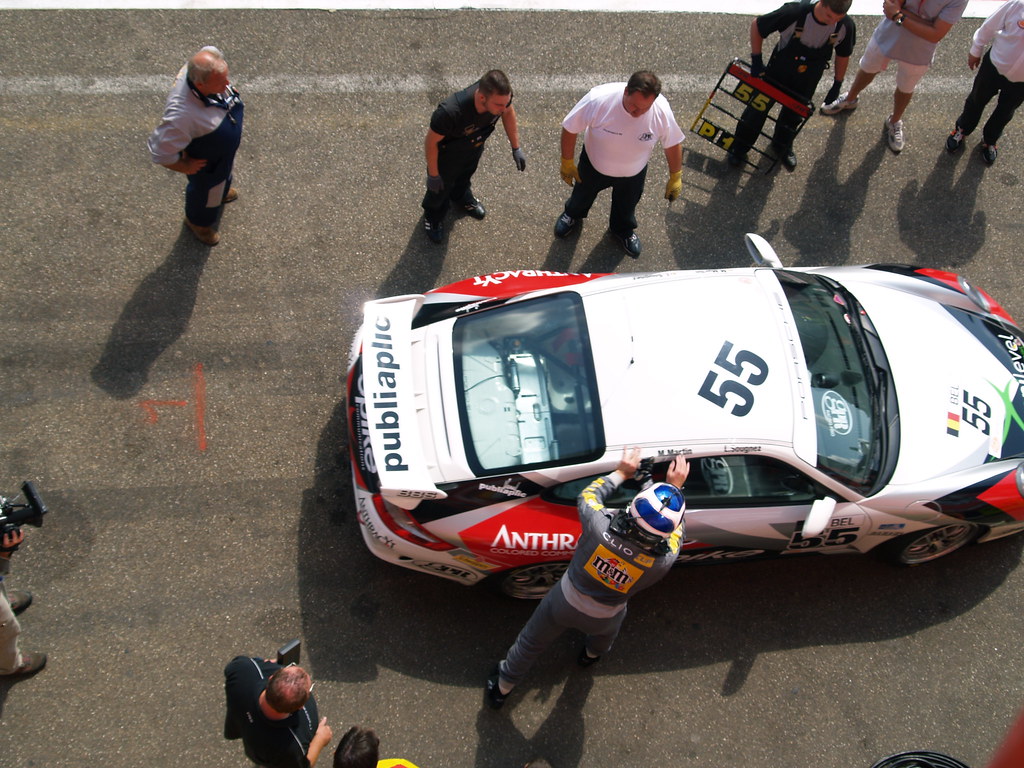
8. **Reflections of Racing Heritage**Porsche’s identity is inextricably linked to its legendary racing heritage, a narrative of triumph and innovation forged on circuits worldwide. From the punishing endurance races of Le Mans to the challenging rally stages, Porsche vehicles have consistently proven their mettle, pushing the boundaries of automotive performance. This storied history isn’t just a footnote in the brand’s annals; it’s a living, breathing part of its DNA, influencing every road car it produces.
Jerry Seinfeld’s collection, with its deep appreciation for the marque’s evolution, naturally encompasses vehicles that vividly reflect this racing prowess. While specific track-only models might not be publicly detailed, his discernment surely extends to acquiring Porsches that embody the direct lineage from racing innovations to street legality. These cars serve as tangible reminders of Porsche’s relentless pursuit of speed, agility, and engineering superiority in the competitive world of motorsport.
His selections illustrate how racing achievements often translate into technological advancements for production vehicles, offering enthusiasts a direct connection to championship-winning pedigree. The presence of such models within his garage underscores a collector’s understanding that Porsche’s reputation was built not just on elegant design, but on a foundation of fierce competition and groundbreaking victories. These Porsches are more than just cars; they are emblems of a victorious heritage, meticulously preserved.
Read more about: Celebrity Home Secrets Unlocked: 8 Unexpected Decorating Choices of A-List Stars That’ll Make You Say ‘OMG!’
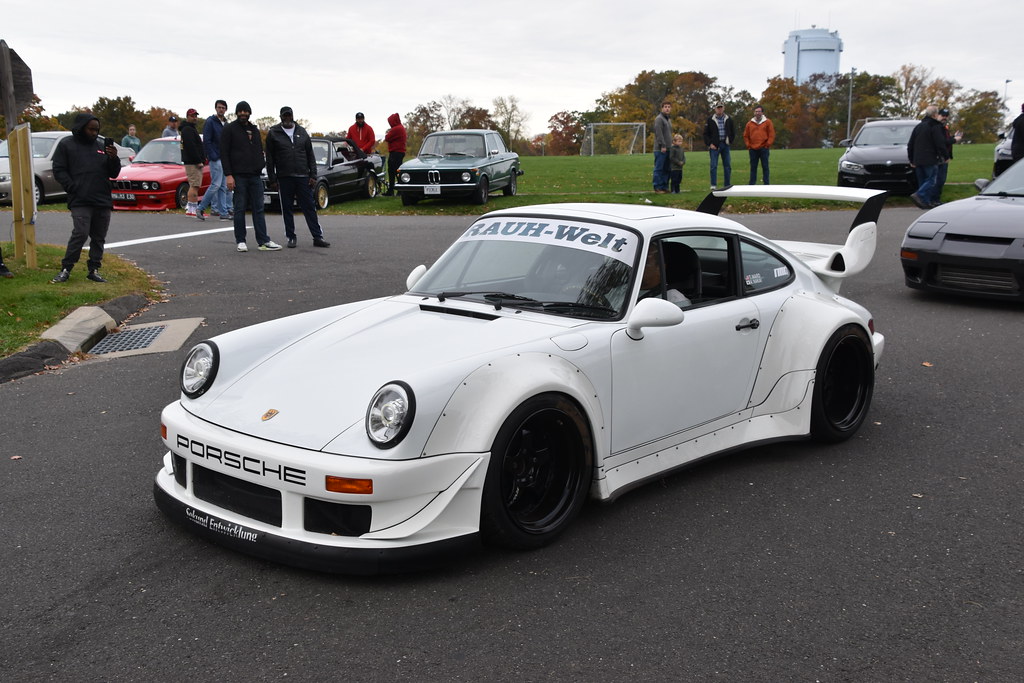
9. **Design Evolution and Aesthetic Perfection**Porsche’s design language, characterized by its iconic silhouette and functional elegance, has undergone a fascinating evolution over the decades, yet always retaining a core identity. From the flowing lines of the early 356 to the muscular aggression of modern 911s, each generation has built upon its predecessors, refining and perfecting an aesthetic that is instantly recognizable and deeply revered. Seinfeld’s collection serves as a dynamic museum showcasing this precise journey.
His garage houses examples that highlight significant advancements in Porsche’s stylistic development, illustrating how design principles adapted to technological shifts while maintaining a consistent brand philosophy. It’s a visual narrative of how form has beautifully integrated with function, creating vehicles that are as visually arresting as they are dynamically capable. This meticulous curation reflects an understanding of design as an evolving art form within the automotive world.
Seinfeld’s discerning eye allows him to appreciate the subtle yet profound shifts in bodywork, aerodynamics, and interior architecture across different eras. The collection is not merely an accumulation of Porsches but a thoughtfully assembled exhibition of how the brand achieved and consistently maintains its aesthetic perfection. Each vehicle, whether an early classic or a modern marvel, contributes to the overarching story of Porsche’s unwavering commitment to enduring design excellence.
Car Model Information: 2021 Porsche 911
Name: Porsche 911
Caption: The 1 millionth 911 produced on display at Volkswagen Group Forum, Berlin
Designer: Ferdinand Alexander Porsche
Manufacturer: Porsche
Production: September 1964 – present
Assembly: Stuttgart,Baden-Württemberg
Class: Sports car
BodyStyle: unbulleted list
Related: unbulleted list
Layout: Rear-engine design,rear-wheel drive
Predecessor: Porsche 356
Categories: 1970s cars, 1980s cars, 1990s cars, 2+2 coupés, 2000s cars
Summary: The Porsche 911 model series (pronounced Nine Eleven or in German: Neunelf) is a family of German two-door, high performance rear-engine sports cars, introduced in September 1964 by Porsche AG of Stuttgart, Germany, and now in its eighth generation. All 911s have a rear-mounted flat-six engine, and usually 2+2 seating, except for special 2-seater variants. Originally, 911s had air-cooled engines, and torsion bar suspension, but the 911 has been continuously enhanced, and evolved across generations. Though the 911 core concept has remained largely unchanged, water-cooled engines were introduced with the 996 series in 1998, and front and rear suspension have been replaced by Porsche-specific MacPherson suspension up front, and independent multi-link rear suspension.
The 911 has been raced extensively by private and factory teams, in a variety of classes. It is among the most successful competition cars. In the mid-1970s, the naturally aspirated 911 Carrera RSR won world championship races including Targa Florio and the 24 Hours of Daytona. The 911-derived 935 turbo also won the 24 Hours of Le Mans in 1979. Porsche won the World Championship for Makes in 1976, 1977, 1978, and 1979 with 911-derived models.
In a 1999 poll to determine the Car of the Century, the 911 ranked fifth — one of two in the top five that had remained continuously in production (the original Beetle remained in production until 2003). The one millionth example was manufactured in May 2017 and is in the company’s permanent collection.
Get more information about: Porsche 911
Buying a high-performing used car >>>
Brand: Porsche Model: 911
Price: $126,995 Mileage: 8,629 mi.
Read more about: Gearheads, Start Your Engines! These 12 Vintage Icons Still Define Automotive Perfection
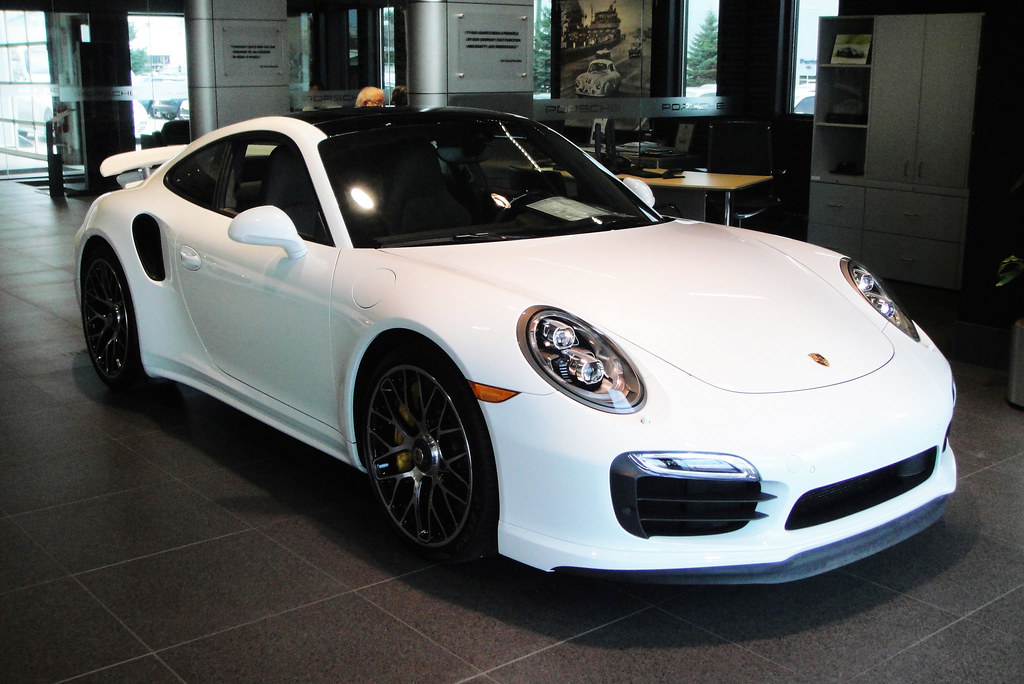
10. **The Art of Preservation and Originality**For a collector of Jerry Seinfeld’s caliber, the act of acquiring a rare Porsche is only the beginning; the true art lies in its meticulous preservation and upholding its originality. This commitment to maintaining vehicles in pristine condition goes far beyond routine maintenance; it’s a philosophical stance that values authenticity as much as rarity. His support team ensures that each vehicle is not only ready for an impromptu drive but also maintained to an exacting standard that honors its historical state.
The concept of originality, so evident in his 1949 Porsche 356/2 Gmünd which boasts “complete originality,” is paramount. This means ensuring that components, finishes, and even the smallest details remain true to how the car left the factory. Such dedication prevents the erosion of historical accuracy and preserves the narrative embedded within each vehicle, allowing future generations to experience a true piece of automotive history as it was intended.
This painstaking care reflects Seinfeld’s profound respect for the craftsmanship and engineering that went into creating these cars. It transforms his garage into a sanctuary of automotive integrity, where each Porsche is a testament to the longevity of exceptional design and build quality. The pristine condition of his Porsches underscores a collector who views himself as a custodian of automotive masterpieces, ensuring their legacy endures for decades to come.
Read more about: Inside Diane Keaton’s Remarkable Journey: Hollywood Romances, Solo Path, and Why She Chose to Stay Single for Decades
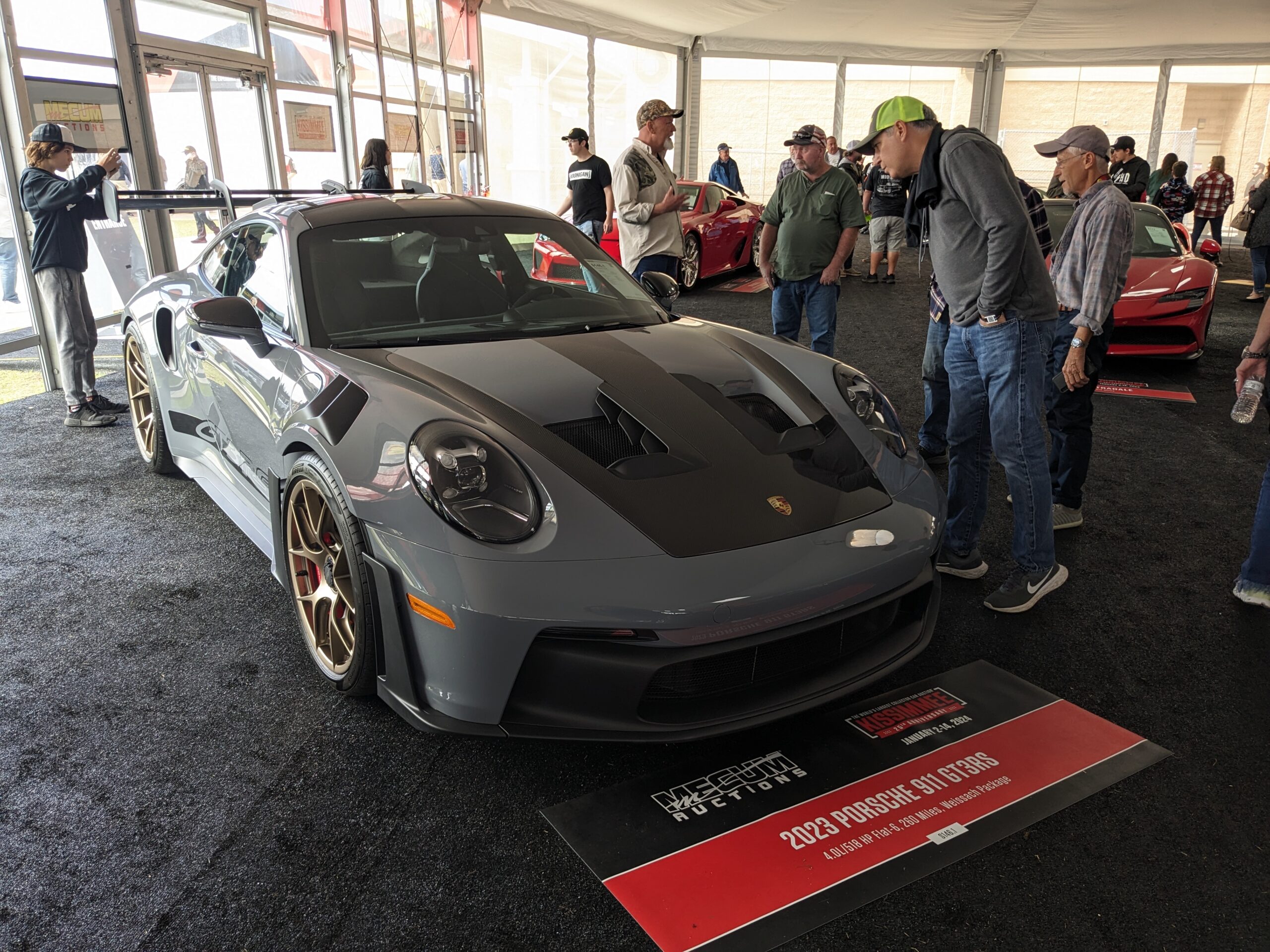
11. **The Collector’s Eye: Discernment and Rarity**Jerry Seinfeld’s reputation as a preeminent Porsche collector is built upon more than just financial means; it’s founded on an exceptional “collector’s eye,” characterized by astute judgment and a profound understanding of the marque. His acquisitions are not random but deeply strategic, aimed at compiling an anthology that tells the comprehensive story of Porsche’s greatness. This discerning taste allows him to identify vehicles that might seem unremarkable to the casual observer yet hold immense significance to a true connoisseur.
He possesses an innate ability to discern the truly “scarce and valuable models” from merely expensive ones, focusing on cars that represent critical junctures in Porsche’s development or embody unique characteristics. This involves deep research, an understanding of market trends, and an unwavering commitment to quality and provenance. His collection is a reflection of this profound knowledge, each car chosen for its specific contribution to the overall narrative of excellence.
This approach transcends mere ownership, elevating him to the status of an automotive historian and curator. He doesn’t just buy Porsches; he invests in history, craftsmanship, and the enduring spirit of innovation. His judgment has allowed him to amass a collection that is not only staggering in its monetary value but also unparalleled in its historical depth and comprehensive scope, making it a benchmark for serious collectors globally.
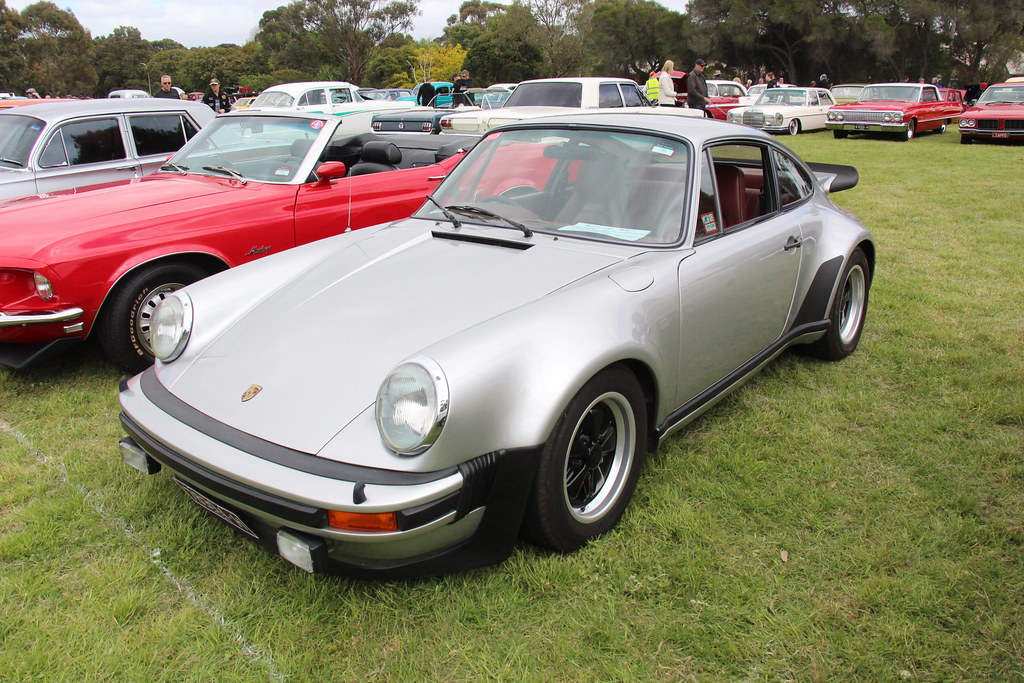
12. **The “Never Drives” Paradox: Form, Function, and Philosophy**One of the most intriguing aspects of Jerry Seinfeld’s collection, highlighted by the article’s title, is the perceived paradox of owning a $100 million garage of Porsches that he “never drives” extensively. This isn’t a sign of detachment, but rather reveals a deeper philosophy behind his collecting. For many, a car’s ultimate function is to be driven, yet for Seinfeld, the value seems to extend far beyond the odometer reading, embracing the vehicle as an object of art, history, and engineering marvel.
This approach suggests that the “form” of these Porsches—their design, engineering, and historical significance—holds as much, if not more, weight than their conventional “function” as transport. The very act of preservation, of maintaining their pristine originality, implies a reverence for the car as a static masterpiece. They are held in a state of suspended animation, ready to be admired, studied, and occasionally taken for a measured outing, as with his ‘Comedians In Cars Getting Coffee’ excursions.
This paradox challenges conventional notions of car ownership, illustrating that appreciation can manifest in many forms. For Seinfeld, the joy may derive from curation, from the intellectual satisfaction of possessing a comprehensive historical anthology, and from the quiet contemplation of these magnificent machines. It is a philosophy that redefines the relationship between collector and automobile, emphasizing stewardship and aesthetic contemplation over constant kinetic engagement.
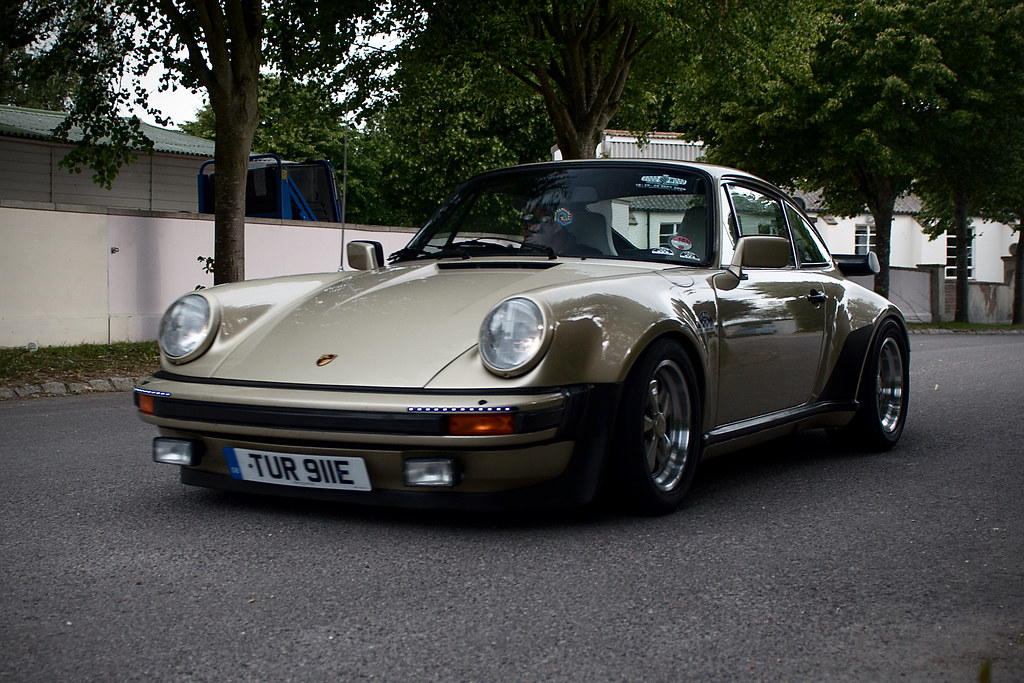
13. **The Garage as a Sanctuary: Engineering and Architectural Harmony**Jerry Seinfeld’s passion for Porsche is so profound that it extends to the very environment where his automotive treasures reside. His meticulously designed three-floor brownstone garage in New York is far more than a simple parking facility; it is a custom-built sanctuary, engineered and architecturally harmonized to house and display his unparalleled collection. This transformation of a former plumbing business into a hallowed home for his Porsches, costing over $1 million, speaks volumes about his dedication.
The facility is not just functional; it’s a statement of devotion, even featuring “living quarters to remain close to his automotive loves.” This extraordinary detail underscores the deeply personal and almost symbiotic connection he feels with these machines. The garage is designed to optimize conditions for preservation, display, and perhaps, quiet contemplation, creating an environment where each vehicle can be appreciated in its full glory without the distractions of the outside world.
This architectural harmony extends to ensuring the perfect climate, security, and accessibility for his prized possessions. It’s a testament to his belief that these cars, representing decades of innovation and design, deserve a home that mirrors their significance. The garage itself becomes an integral part of the collection, a curated space that enhances the experience of interacting with these engineering masterpieces, solidifying his identity as a genuine Porsche devotee.

14. **The Enduring Legacy: Seinfeld’s Impact on Porsche Collecting**Jerry Seinfeld’s unparalleled Porsche collection has transcended mere personal hobby to exert a significant and “enduring legacy” on the broader automotive world and fellow enthusiasts. Through his thoughtful curation and public passion, he has elevated the perception of Porsche collecting, showcasing it as a sophisticated pursuit of history, engineering, and design artistry. His influence extends far beyond celebrity endorsement; it’s about setting a benchmark for discerning taste and comprehensive understanding of a marque.
His role in ‘Comedians In Cars Getting Coffee’ subtly brings many of these rare vehicles into the public consciousness, sparking interest and educating a wider audience about Porsche’s diverse legacy. By sharing glimpses of his collection, he inspires aspiring collectors and deepens the appreciation of seasoned enthusiasts, fostering a community that values authenticity and historical significance.
Seinfeld’s commitment to preserving these pivotal moments and rare models ensures that these vehicles continue to tell their stories for generations to come. He has become a custodian of Porsche history, demonstrating that an automotive anthology can be as rich and compelling as any art collection. His profound connection and meticulous care contribute significantly to the marque’s mystique and desirability.
Read more about: From Basic Repairs to Epic Builds: 14 Indispensable Tools for the Modern Man’s Garage Workshop
Ultimately, Jerry Seinfeld’s garage is more than just a storage facility; it is a vibrant testament to an enduring passion, a curated narrative of automotive brilliance. His collection, a symphony of form, function, and history, serves as a beacon for what true connoisseurship entails. It’s a world where every curve, every engine note, and every historical detail contributes to an automotive legacy that, much like the man himself, is truly one of a kind. As the saying goes, and as Seinfeld himself embodies with every treasured vehicle, for a Porsche, there truly is no substitute.

